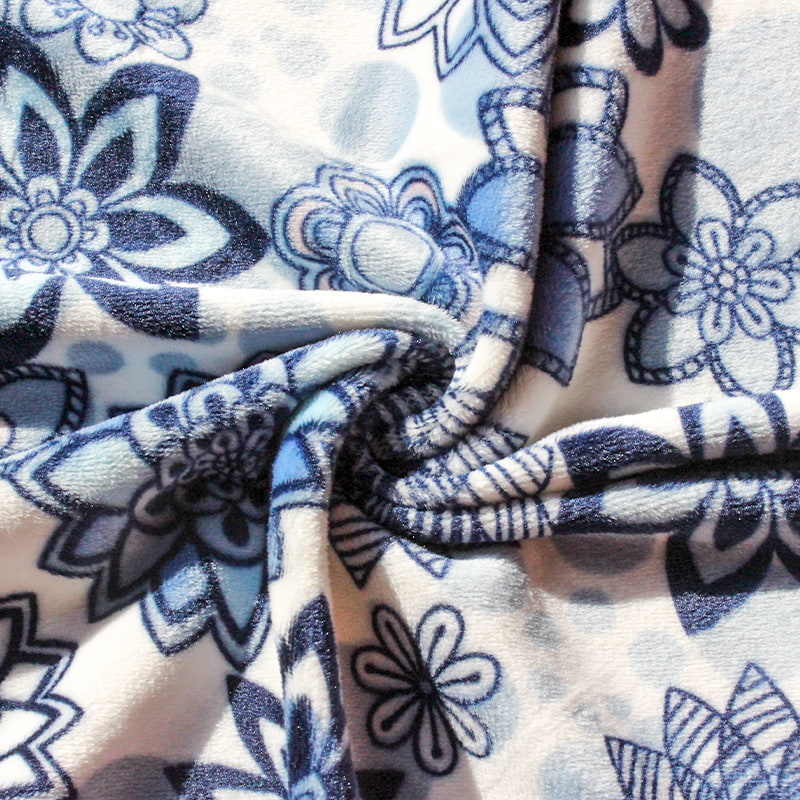In the vast world of the textile industry, warp knitted fabrics occupy a pivotal position with their unique process characteristics and significant advantages. As an advanced textile form in the knitting field, warp knitted fabrics not only inherit the essence of traditional textile technology, but also radiate new vitality in modern production, becoming an indispensable material choice for many industries.
Warp knitted fabrics are formed by feeding yarns in the warp direction and looping them on the machine at the same time. This unique weaving method gives it excellent structural stability. Compared with other textile fabrics, warp knitted fabrics can maintain good shape and dimensional stability under external forces such as stretching and tearing, and are not easy to deform or break. Therefore, they are widely used in fields that require high strength and durability.
During the weaving process of warp knitted fabrics, the tension and weaving density of the yarn can be adjusted as needed, thereby giving the fabric good elasticity and recovery. This characteristic enables warp knitted fabrics to quickly return to their original state after being squeezed or stretched by external forces, maintaining the flatness and beauty of the fabric. Therefore, it is often used to make sportswear, tights and other products that require good fit and elasticity.
The fiber structure of warp knitted fabrics is relatively loose, which is conducive to the circulation of air and moisture, and has good air permeability and moisture absorption. This allows warp knitted fabrics to effectively expel sweat and moisture when worn in summer or high temperature environments, keeping the skin dry and comfortable. At the same time, good air permeability also helps regulate body temperature and reduce the feeling of stuffiness.
During the weaving process, warp knitted fabrics can create rich and diverse patterns and textures by changing the type of yarn, color, weaving method, etc. This design flexibility enables warp knitted fabrics to meet the personalized needs of different fields and consumers. Whether it is a simple solid color fabric or a complex jacquard or printed fabric, the warp knitting process can be easily achieved.
In the production process of warp knitted fabrics, environmentally friendly and degradable materials such as organic cotton and recycled polyester fibers can be selected. These materials are not only environmentally friendly, but also effectively reduce the generation of waste and the emission of pollutants. At the same time, the durability and recyclability of warp knitted fabrics also make it a sustainable textile choice.
The excellent properties and wide applicability of warp knitted fabrics have made them widely used in many fields. In the field of clothing, warp knitted fabrics are used to make all kinds of fashionable and comfortable clothing; in the field of household goods, warp knitted fabrics are used to make curtains, sofa covers, bedding, etc.; in the field of industrial textiles, warp knitted fabrics are used to make automotive interiors, industrial filter cloths, protective clothing, etc. The continuous expansion and deepening of these application fields further highlight the market potential and value of warp knitted fabrics.
Warp knitted fabrics occupy an important position in the textile industry with their unique process characteristics and significant advantages. With the continuous advancement of science and technology and the increasing diversification of consumer demand, warp knitted fabrics will continue to maintain their innovative vitality and contribute more to the prosperity and development of the textile industry.

 English
English Español
Español








